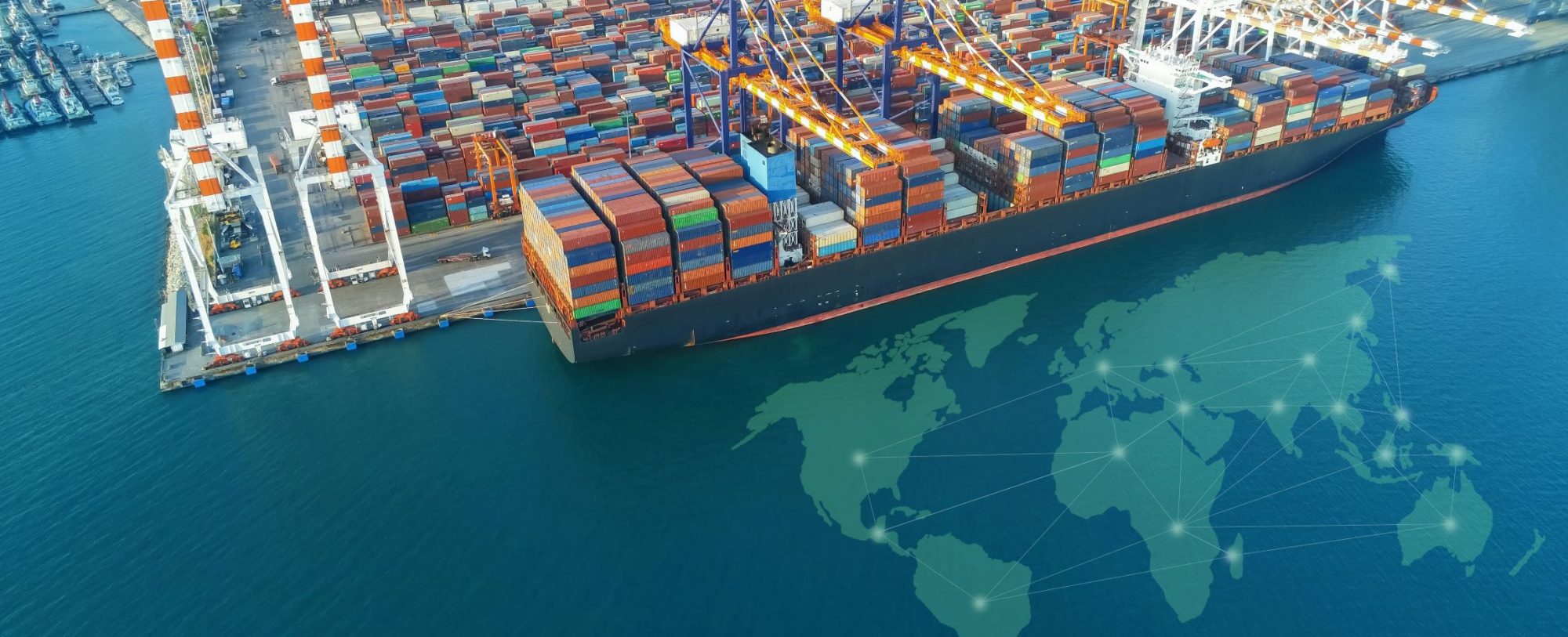Mirror trade data contains major discrepancies associated with imports that have no apparent exports (orphan imports), or exports with no corresponding imports (missing imports).
For example, consider the mirror data on HS 5804 (tulles and other net fabrics) from India to the UK. Toward the end of 2019, there is a major export volume without any imports values corresponding to it. This is a case of missing exports.

On the other hand, consider the the mirror data on HS 8429 (self-propelled bulldozers) from India to the UK. In 2021, we see a major import which does not have a corresponding export prior to that. This is an example of orphan imports.

The reasons for such “anomalies” are diverse. Sometimes, it is because of re-routing of the exports, that is, initially, an exporting country first announces a destination which later on changes. Note that the reported destination at the time of export is not binding. This also results in imports to countries without a corresponding reported export from the original country. However, this not the only issue. If we compare the exports of a country to all other countries in the world, we may still not get a balanced and still see anomalies.
This take us to the second reason for the mismatch. That is, differences in categorization of commodities. That is, Australia may categorize a commodity differently when exporting than what UK may recognizes as the correct commodity code of the same item.
There are also other reasons, for example, fraud, etc.
